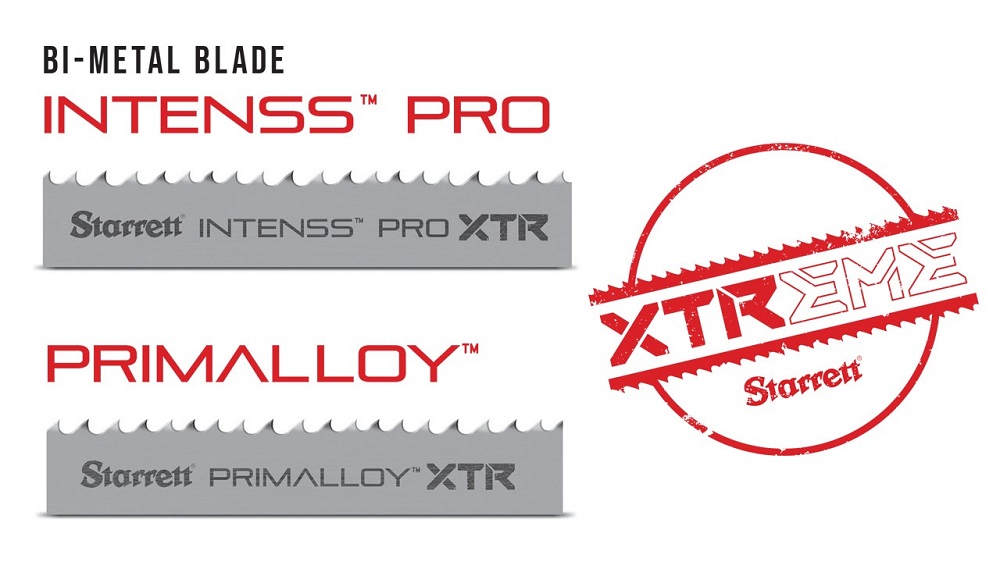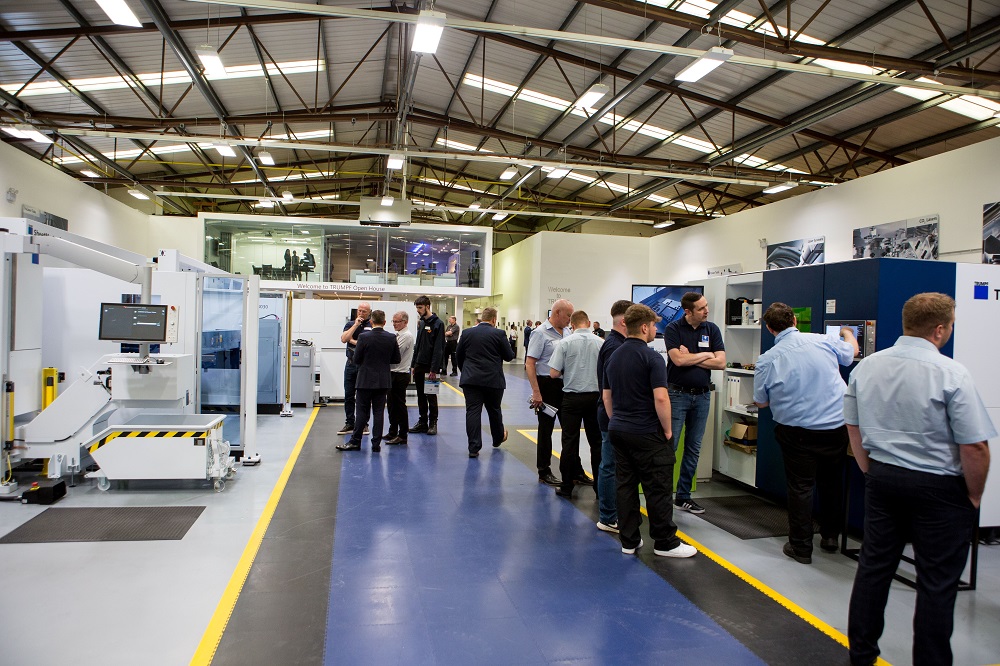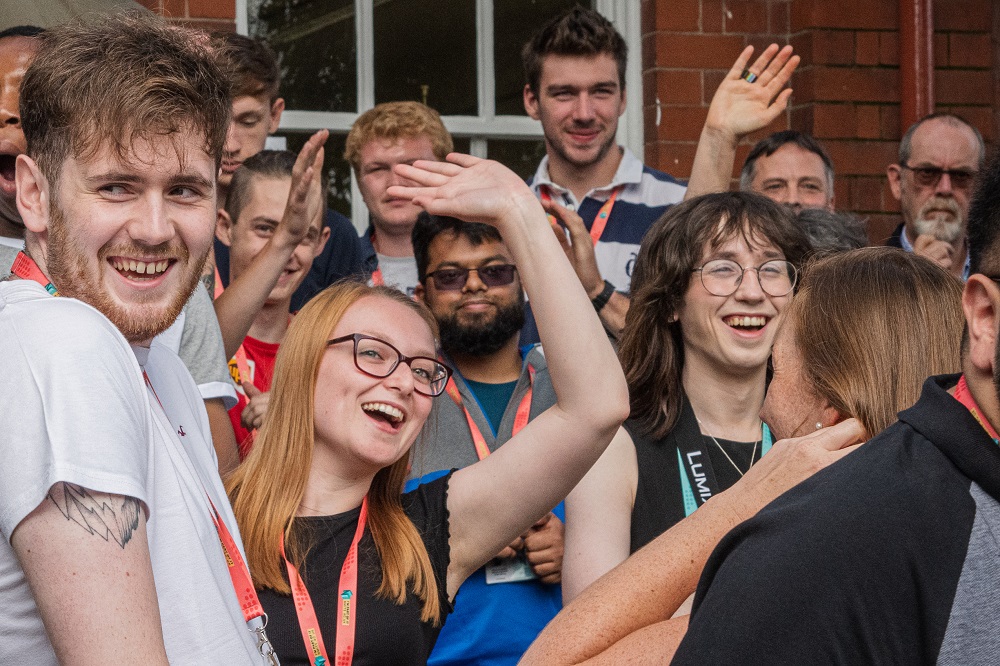Bi-metal and carbide are two commonly used types of bandsaw blades for cutting a wide range of materials. Most know bi-metal blades for their versatility and cost-effectiveness, which makes them a popular choice. On the other hand, carbide bandsaw blades are highly durable and best suited for cutting materials that are extremely hard or abrasive.Transitioning from bi-metal to carbide can be a significant leap for many end users due to the required investments in machinery and in the saw itself.
The Starrett XTR is an innovative bi-metal saw that offers an intermediate option between traditional bi-metal and carbide technology. This solution is specifically for cutting high-alloy steels and other difficult-to-cut materials in larger dimensions.
Designed to give improved performance, Starrett made the technology possible through a combination of state-of-the-art software and specialist expertise. XTR technology is now part of the company’s main products, Intenss PRO M42 and Primalloy M51, which cut solid materials in both series production and bundles. This new addition allows Starrett products to provide high-quality results while improving efficiency and cost-effectiveness compared with carbide solutions.
Starrett applies a special treatment to its XTR blades, guaranteeing high fatigue resistance in addition to their exclusive tooth profile design. These innovations significantly increase the life of the product, providing more speed and quality in their work, and delivering greater cost benefits for extreme process cutting.
By utilising XTR blades, Starrett says users alsoenjoy reduced vibration and quieter cutting processes. The unique tooth profile and setting also enhance durability, extending product lifespan and allowing for more cutting operations. This leads to a decrease in cost per operation over time.
For further information www.starrett.co.uk



















